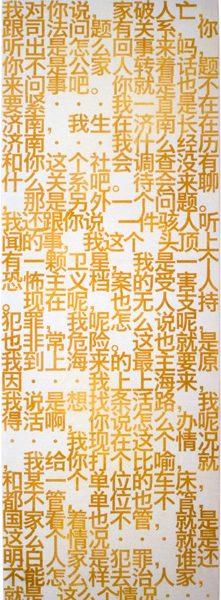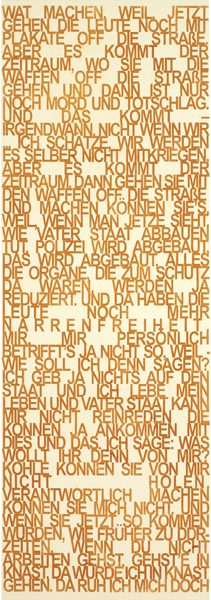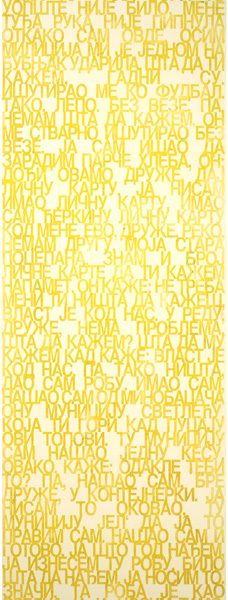Exhibitions:
* solo exhibition
2017
The Eighities, The Heritage of 1989, Museum of Modern Art, Ljubljana
*In Bank we Trust, Galerie Dirk Halverscheid, München
2016
56th October Salon, Belgrade City Museum, Belgrade
A Rose Is A Rose, Desert Flower Center, Berlin
Drei-Häuser-Kunst-Pfad, Eifel 2016, Daun-Steinborn
*At the Bottom of the Poem, Lennox House, Australian National University, Canberra
*Roundup Cloud in Valley, Bundanon Trust, Bundanon, NSW, Australia
Akvizicije u 2014. godini, Gradska galerija, Požega
2015
a rose is a rose, is a rose, Woelkpromenade, Berlin
2014
Lada 2014, Umetnički paviljon Cvijeta Zuzorić, Belgrade
50 umetnika iz zbirke MSUB – Kuća legata, Belgrade
Conjunction, Greenhouse Berlin, Berlin
2013
Biblioteka – otvorena knjiga Balkana, Centar za vizuelna istraživanja Krug, Čačak
Art Salon, 1+1+1…=1, Galerija Progres, Belgrade
BrandSchutz / Mentalität der Intoleranz, Jener Kunstverein, Jena
Gradec Kolonija, Raška
Drei-Häuser-Kunst-Pfad, Eifel 2013, Daun-Steinborn
Veni Vidi Vici, Collection Vol4., Contemporary Art Museum Kumamoto, Kumamoto
Lada 2013, Beograd-Pariz-London-Berlin, Galerija SULUJ, Belgrade
*Milovan DeStil Markovic, Krohne Messtechnik GmbH, Duisburg
Universalsprachen / Universal Languages, Kleine Humboldt Galerie, Berlin
PORTRAITS
In Homeless project (a series started in 2002), Markovic deals with the politics of representation that involves the production of invisibility of a particular social group – homeless men. In undoing such politics, Markovic conceived of an ongoing project of contextual art practice that has so far been performed in Shanghai, Berlin, Belgrade and Tokyo. The artist carries out video interviews with homeless men and then, after selecting a particular fragment indicative of the men’s lives or worldview, „translates“ video statements into the medium of painting: the resulting „image“ is a Text Portrait. The statements are first printed on large-scale canvas, and afterward colored by hand with skin-tone pigments. Besides video scenes and Text Portraits that are shown in a gallery space, in each of the cities where the project has evolved, one Text Portrait of a homeless man is installed on a prominent city façade. Once in the public space, the portrait of the homeless man and a rather personal story about his individual (and destitute) social condition enters into competition with images/signs (billboards) of commercial and political promotion.
BARCODED PAINTING
At the beginning the viewer of the Barcoded Paintings truly see only one part of the artwork, after that the image content indirectly reveals. The artist is revealing it to us by the title of the painting. At least theoretically, it is possible to scan bar code using a laser reading device or with a smartphone application. There is also a tension between the image as an abstract painting and the bar code as algorithm script. First, we have no alternative but to perceive the images as abstract painting. We can see nothing in them. This kind of perception is not wrong or unimportant because Markovic use his knowledge of color composing, he uses special color pigments and it is quite possible that there are pictures that the viewer can not distinguish from the Barcoded Paintings – because without text content they are just abstract images, mimicking the shape of bar codes. It is clear that the function of the images is to give us a linguistic content, otherwise there is no sense to produce a bar code size up to 450cm x 250cm. After all, it’s not about making an advertising message using a bar code so it can be seen from a distance, that would be an absurd undertaking. The aesthetic form of the code and its representation, would be a image content, and to some extent, an end in itself, whereby Markovic’s Barcoded Paintings are quite akin to calligraphy.



